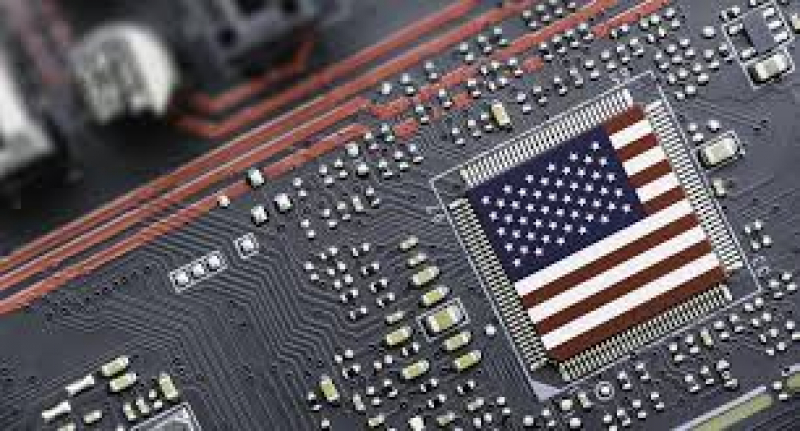Published: 27 July,2025
The U.S. is poised to unveil the results of its national security investigation into semiconductor imports within two weeks, as confirmed by U.S. Commerce Secretary Howard Lutnick. The probe, launched under Section 232 of the Trade Expansion Act of 1962, aims to determine whether the United States’ dependency on foreign-made chips presents a threat to national security. While the specific details remain under wraps, this investigation could lead to new tariffs on semiconductor imports.

“We expect the results of the investigation to be ready within the next two weeks,” Lutnick said during a press briefing. The probe has become a key point in ongoing U.S.-EU trade relations, with European Commission President Ursula von der Leyen acknowledging the significant influence of this investigation on EU-U.S. negotiations. “The ongoing semiconductor investigation is one of the main factors driving our efforts to engage with the United States for a broader trade deal,” von der Leyen remarked, emphasizing the importance of addressing sector-specific tariffs, especially in the semiconductor industry, Communications Today.
Several companies, including major players from Taiwan, are considering substantial investments in semiconductor manufacturing within the United States. "These investments are driven by the potential tariffs, allowing companies to circumvent the impact of the proposed measures," explained a senior official from one of Taiwan's largest chip manufacturers. President Trump has also acknowledged that European countries have managed to navigate the threat of tariffs more effectively, saying, “European leaders have been successful in sidestepping potential semiconductor tariffs by fostering stronger trade partnerships.”
The decision, expected to be announced shortly, will likely have far-reaching consequences for the global semiconductor market. As the deadline for the probe approaches, businesses and policymakers alike are keeping a close watch on the situation, hoping for clarity on the U.S. administration’s direction and the potential ripple effects on global trade.
Post Comment
Be the first to post comment!


